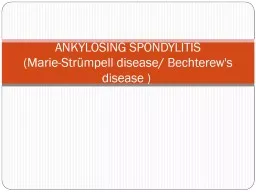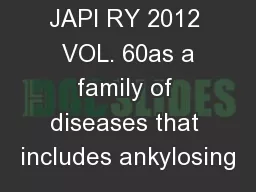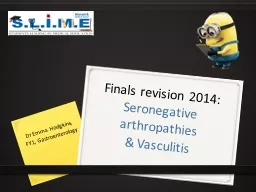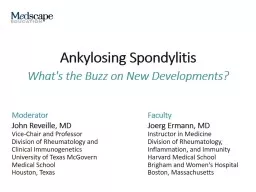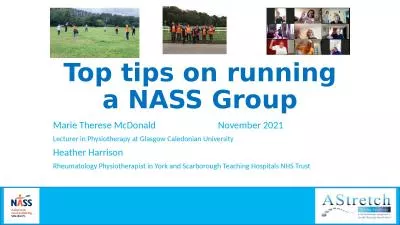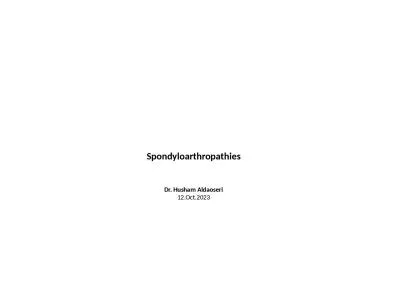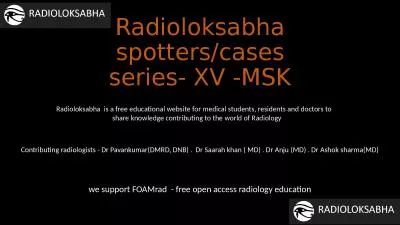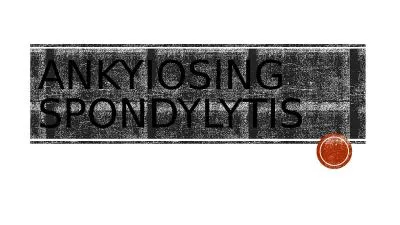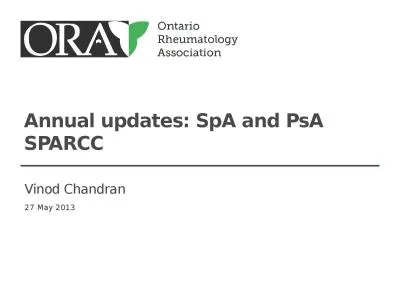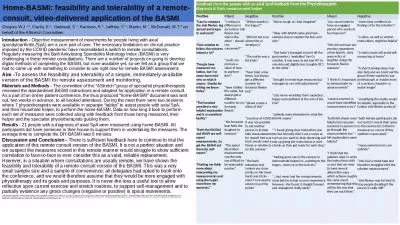PPT-ANKYLOSING SPONDYLITIS (
Author : test | Published Date : 2018-03-07
Marie Strümpell disease Bechterews disease Inflammatory disorder of unknown cause that primarily affects the axial skeleton peripheral joints and extra articular
Presentation Embed Code
Download Presentation
Download Presentation The PPT/PDF document "ANKYLOSING SPONDYLITIS (" is the property of its rightful owner. Permission is granted to download and print the materials on this website for personal, non-commercial use only, and to display it on your personal computer provided you do not modify the materials and that you retain all copyright notices contained in the materials. By downloading content from our website, you accept the terms of this agreement.
ANKYLOSING SPONDYLITIS (: Transcript
Download Rules Of Document
"ANKYLOSING SPONDYLITIS ("The content belongs to its owner. You may download and print it for personal use, without modification, and keep all copyright notices. By downloading, you agree to these terms.
Related Documents

